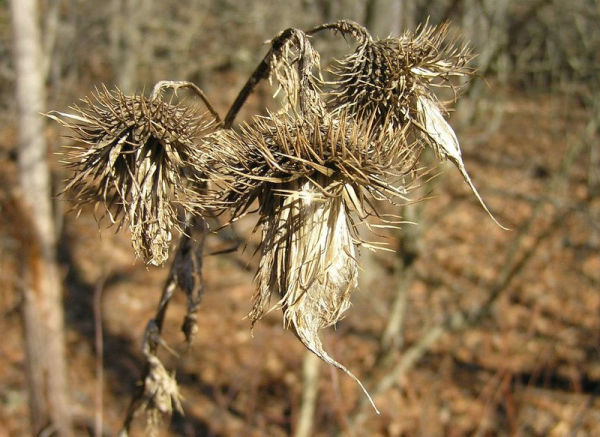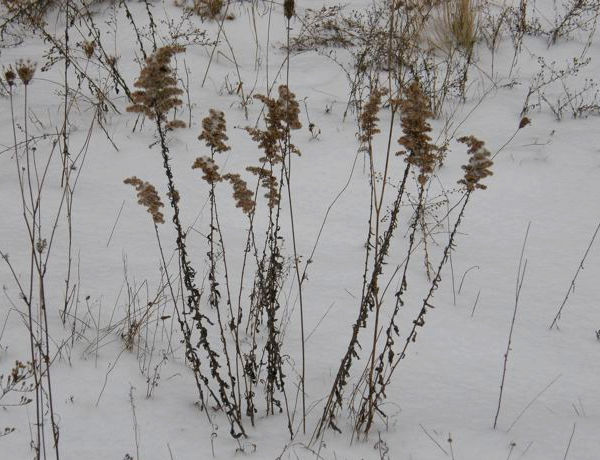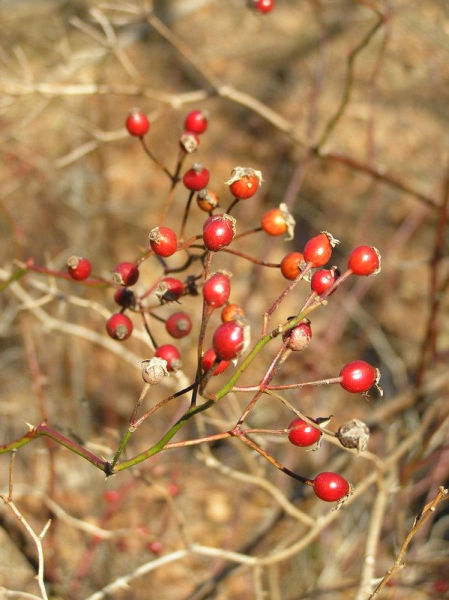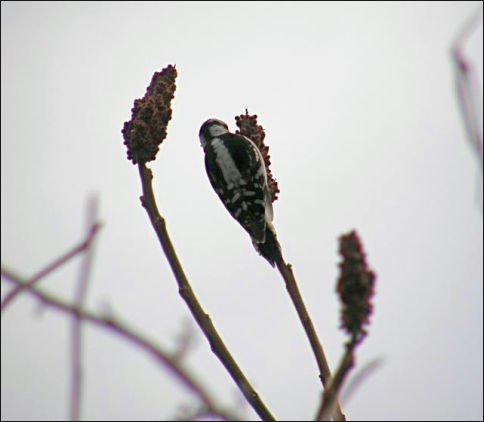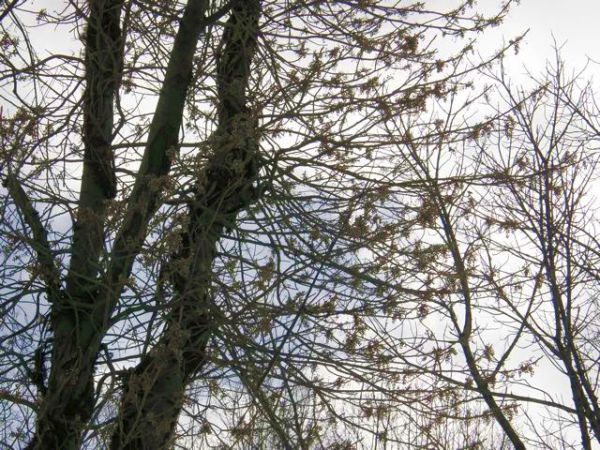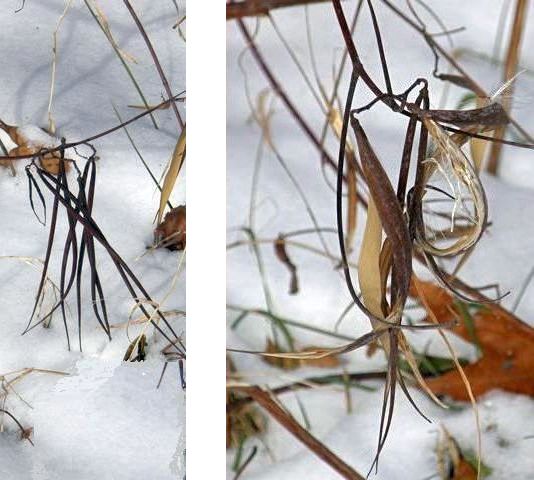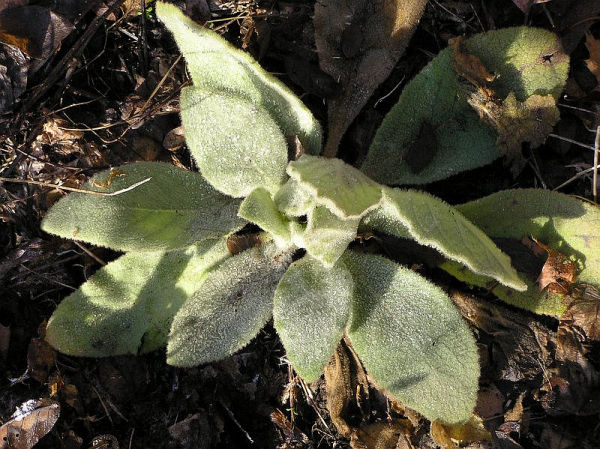
Just as winter is turning into spring, winter weeds will soon become spring flowers and this Wednesday series will morph into a flower show.
But it will take time.
Now that the snow has melted — at least in Pittsburgh — the dormant plants have reappeared. Here’s one you’ll find easily.
Common mullein (Verbascum thapsus) is a non-native biennial that overwinters as a basal rosette of fuzzy leaves, 4″ to 12″ long.
The big rosettes are one year old. This summer each will grow a flower stalk two to eight feet high, studded with 5-petalled yellow flowers.
After the plant flowers, it dies, but its seeds disperse to become more mullein plants in fields and along roadsides.
There is never a shortage of common mullein.
(photo by Dianne Machesney)


